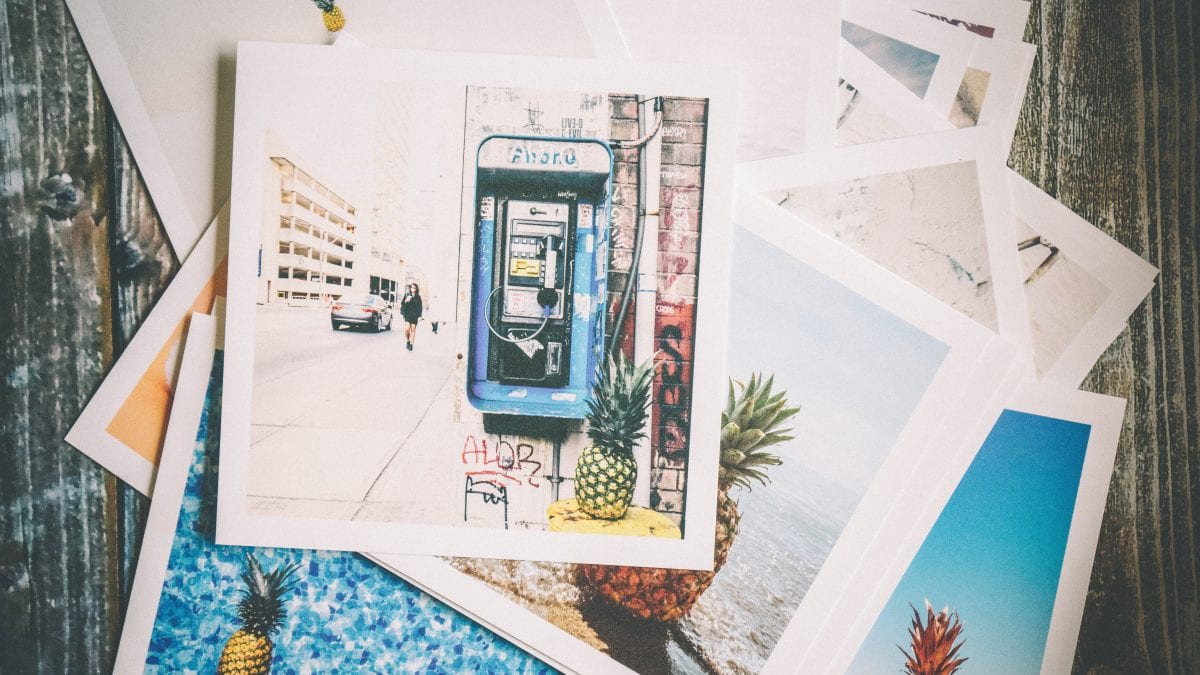A Proper Guide On Printing Posters

Reasons To Use Digital Printing
October 2, 2018
Essential Print Marketing Materials For Every Business
October 18, 2018A Proper Guide On Printing Posters

In the real world, digital designs can get complicated. Since digital printing is so easy, it is often easy to forget what actually goes into printing a poster.
Here is a proper guide on how to print them. These steps will ensure that you have a smooth experience in printing your poster.
01. Preferring CMYK over RGB
Preferring CMYK over RGB.
If the poster designs are your own and you intend on printing the designs for your laser skin clinic in a poster printing shop, then make sure your design using CMYK over RGB.
It is very easy to do this photoshop. Go to ‘Image > Mode > CMYK color’, to give you a more accurate representation the colors getting printed.
02. Conversion to CMYK
If your work is done using RGB and you had recently converted it to CMYK, you might notice some green & blues in your image before printing. This makes the image lifeless. You can use Photoshop’s Gamut warning tool (‘File > View > Gamut warning’) to highlight all the colors that have trouble converting from RGB to CMYK.
03. Resolution
Set the necessary DPI required for your poster. Be careful, as you would not want your poster to be blurry or too sharp. Files to be printed are always big. One of the main reasons for delays in printing posters is because of the resolution being too low. Files to be printed should at least be 300 dpi. Simply put, the more dots that make up the image, the higher the resolution. More printed dots in an inch means a higher-quality reproduction. Having a low resolution will only make the posted pixelated & blurry. In Photoshop you can set the dots per inch on creating a new document by going to ‘File > New’ and entering 300 in the Resolution box.
04. Setting the right size
Some of the popular posted printing sizes include A3, A4, A5. Paper choice & weight are important aspects of poster printing. The common choices are 170gsm Silk or Gloss Art FSC or 150gsm. GSM stands for grams per square meter and determines how heavy the paper stock is.
05. Supplying the files
PDF is the best format to supply a file for poster printing. Make sure the resolution doesn’t go below 300 DPI before saving the file. Printing posters as JPG images are also possible provided they are high-resolution images.
06. Why not Litho printing?
A large variety of mass-produced print items like books, newspapers are actually printed using litho printing. Litho printing is a traditional form of printing which has a set of plates to press the image against the paper.
Litho printing comes at a cost. The cost of setting up the plates alone is expensive. But if the work being done is on a large scale then it is the best method to go for because it gives a higher quality print & finish than digital printing.
07. Choose the right poster printing shop
This is actually an important step which is often overlooked. The print shop you choose needs to have the necessary skill & equipment to print your poster properly. We at Crest impressions have over 2 decades of poster printing experience. Let us know about your poster printing needs.
08. Spellcheck
If your poster contains words, then it’s always better to double or triple check its spellings. The final thing to go wrong is for the spelling after the poster is printed. You can easily check your spellings using Grammarly. Just paste your text and Grammarly does the rest.
09. What is ‘bleed’?
‘Bleed’ is simply a little area (usually 3 or 5mm) around the edge of your poster design that (depending on how the printer cuts the paper down) may or may not be shown in the finished result. It’s essentially your room for error and ensures there isn’t a random white line on the edges of your printed poster.
Programs such as InDesign and QuarkXPress make it easy by showing you guides, so you can see where the bleed starts and finishes. Always ask the printer you’re using (or check your own printer settings) to determine how much bleed is required.
10. What is ‘trim’?
The trim is the edge of the final printed output. To prevent text and logos being chopped off the final output they should be placed with some breathing space around them, and no closer to the trim edge than 1/8in.
11. Use vectors
Using vectors for printing posters is the best way to go. Using vectors ensures that your image does not get blurry or pixelated when its stretched or zoomed. Using vectors makes the poster printing process very easy.
12. Check your fonts
Always run a pre-print check. This will bring up any issues, such as RGB files being used or fonts used that aren’t embedded. In InDesign, this is known as a ‘pre-flight’. The programme can package up all your print files and links (‘File > Package’) into one folder, which will spare you any missing font nightmares.
Message From This Post’s Sponsor
This blog post is brought to you by Moody Properties. If you’re looking to find and purchase your dream home or sell your current one at a good price, speak to Monica Harmse at Moody Properties. She is the top rated Port Moody Realtors. They will get you in a home, in a community they love.
